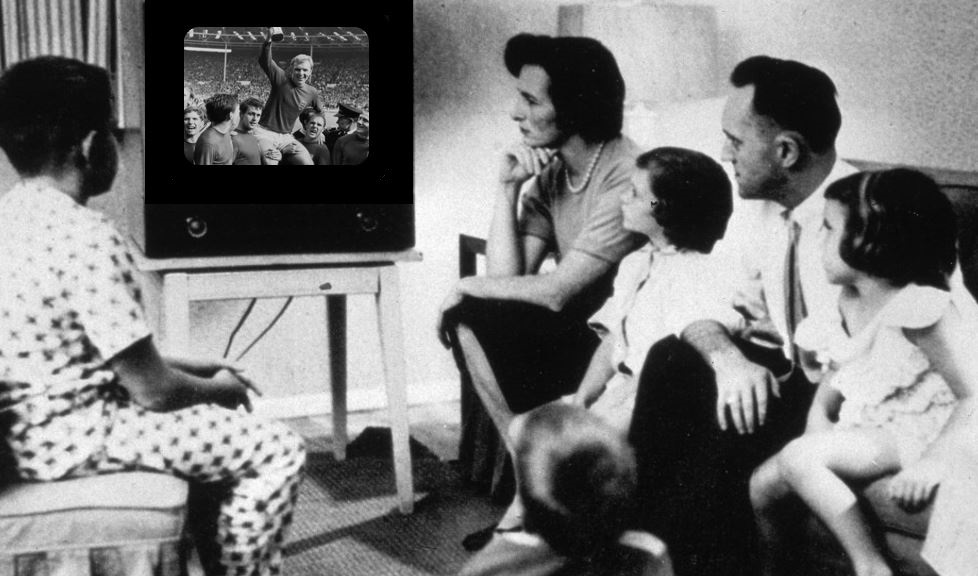In days gone by, fans across the world had to rely on very basic media to keep themselves up-to-speed with the latest developments in sport.
Printed newspapers, radio commentaries and weekly television shows were as good as the coverage got for many sports fans as recently as the 1990s.

However, the explosion of satellite television and rapid growth of the internet has revolutionised how people access sports content in the 21st century.
While what we have now seems fresh and exciting, it is undoubtedly just another small step on the road to the ‘next big thing’.
Read on as we look at some of the future developments that are expected to change how fans engage with their favourite sports over the next few years.
Subscription TV services under the cosh
Many of the leading sports broadcasters in the world have been placed under increasing pressure from new players within the sector.
Studies have shown that there has been a big shift in consumer habits in recent times, with more people now using online video services rather than traditional pay-per-view providers.
The change is particularly noticeable in the United States, with one study showing that over half of the people surveyed now pay for online video services to consume sports action.
With just a third of the respondents saying they still shelled out for satellite or cable television packages, the figures perfectly highlight how consumer habits are changing.
Age was a major a factor in the outcome of the survey, with people further up the scale more likely to stick with pay-TV than their younger counterparts.
 Print journalism dying on its feet
Print journalism dying on its feet
Print journalism is undoubtedly in terminal decline, with fans increasingly turning to a wide variety of online platforms to access sports content.
Digital news outlets offer instant access to the latest stories, leaving newspapers bereft of much in the way of breaking news. In addition, sports marketing agencies have also made a major investment in building or acquiring sports news and data web properties, making digital news more sustainable than the print model.
Many traditional newspapers have also suffered from the unreliability of their supposedly leading journalists, with sensationalism often prioritised over accuracy.
Millions of fans are now shunning those types of outlets and insisting on a level of quality that is alien to a large proportion of the established print writers.
In addition to a shift towards digital sports news sites, many fans also rely heavily on social media to consume sports, further leaving the print industry behind.
5G wireless will be a game-changer
Improvements in internet speeds have revolutionised how people consume sports content and that trend looks set to continue with the introduction of 5G technology.
5G will open up a wealth of possibilities across numerous sectors, with sports betting companies expected to be amongst the main beneficiaries.
Sports organisations will also be able to use 5G to greatly enhance enjoyment for fans in stadiums when they are watching live games.
Instant replays on mobile, faster social media connectivity and increased in-play betting opportunities are amongst the factors that will be a game-changer for sports fans in the future.
Numerous clubs in the NBA, NHL, NFL and MLS are already installing 5G in readiness for the next major shift in how sports are consumed by fans.
The final word
St Marher’s historical use of the phrase ‘and te tide and te time þat tu iboren were, schal beon iblescet’ (time and tide wait for no man) still holds resonance for modern sports.
______________________________________________________________
Interesting related article: “What is Media?“

